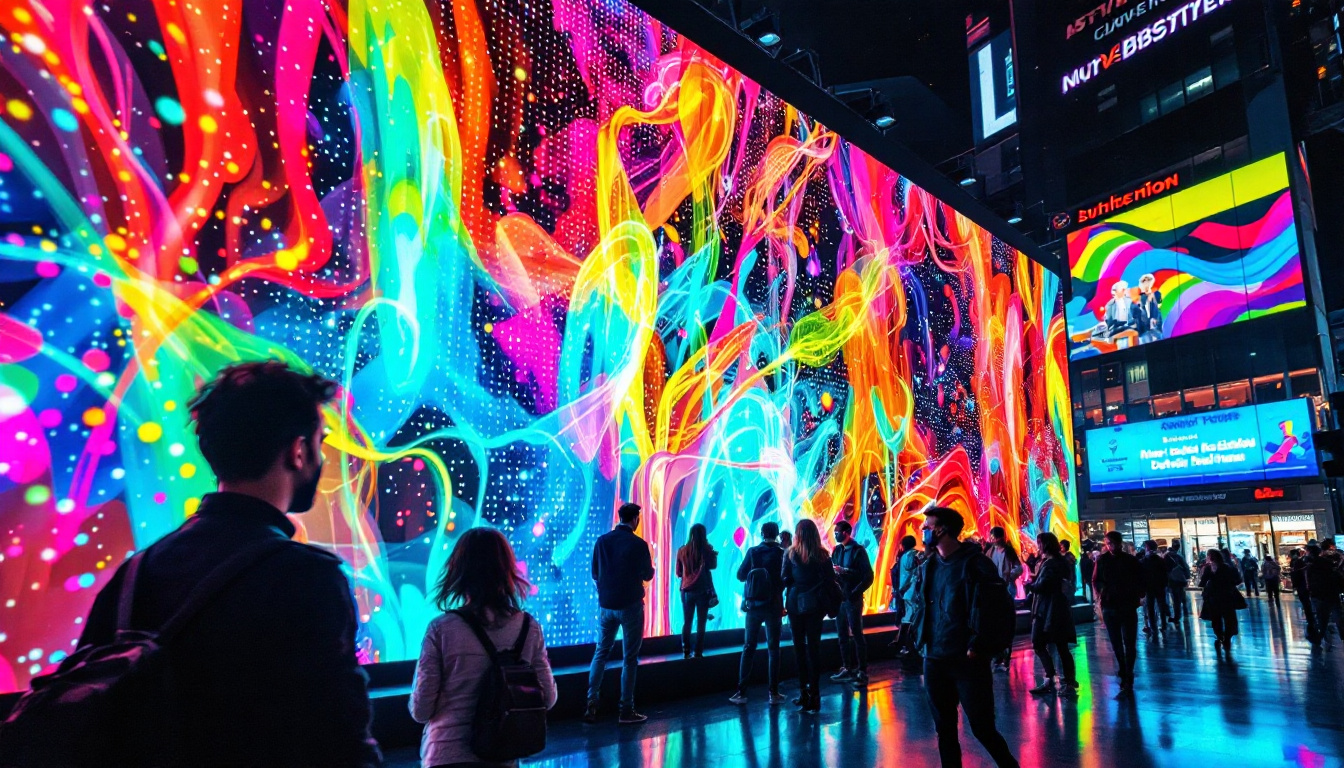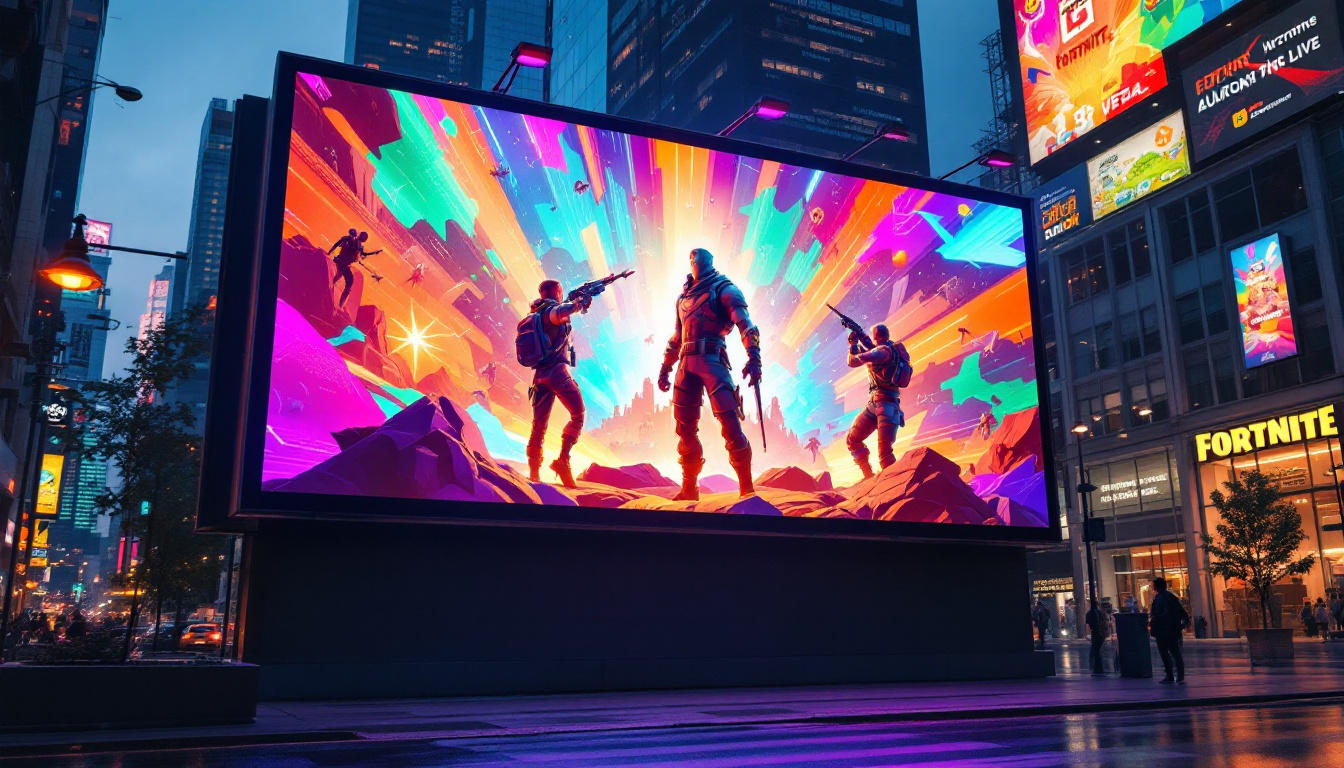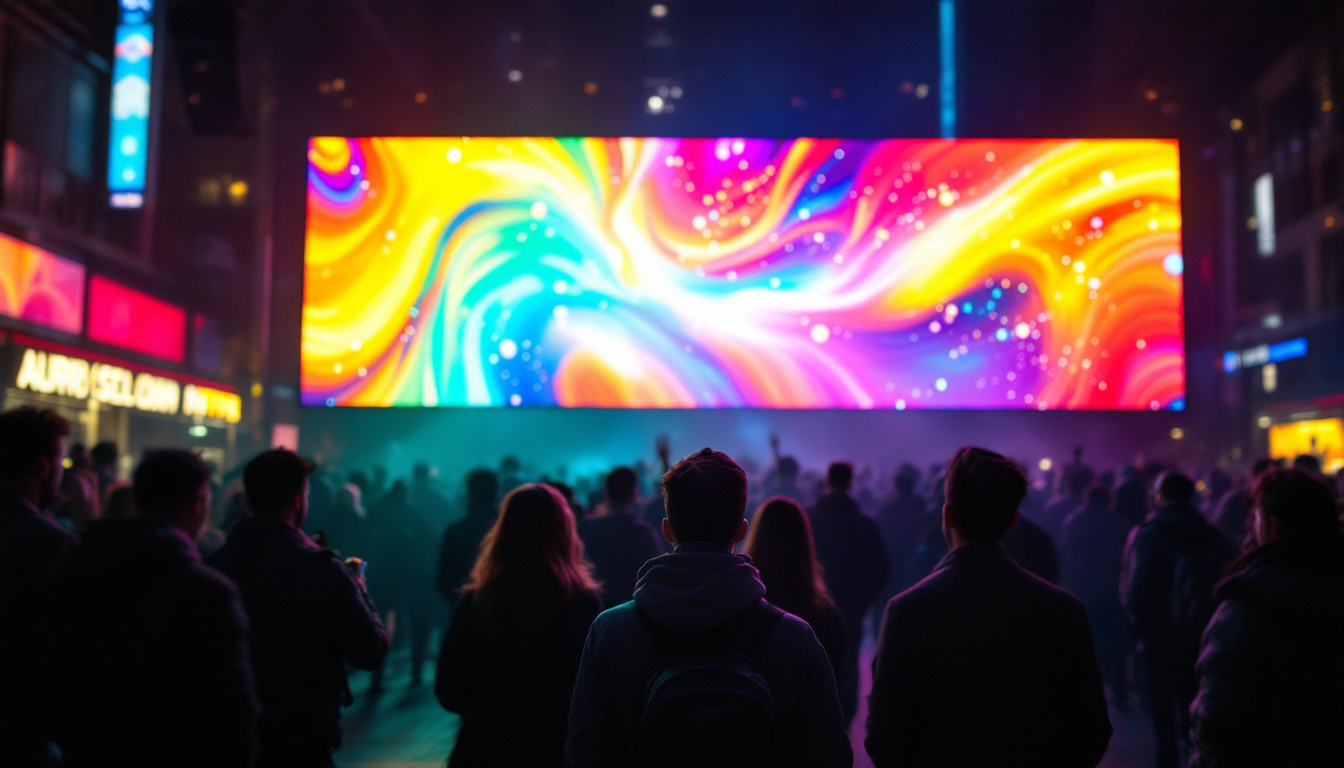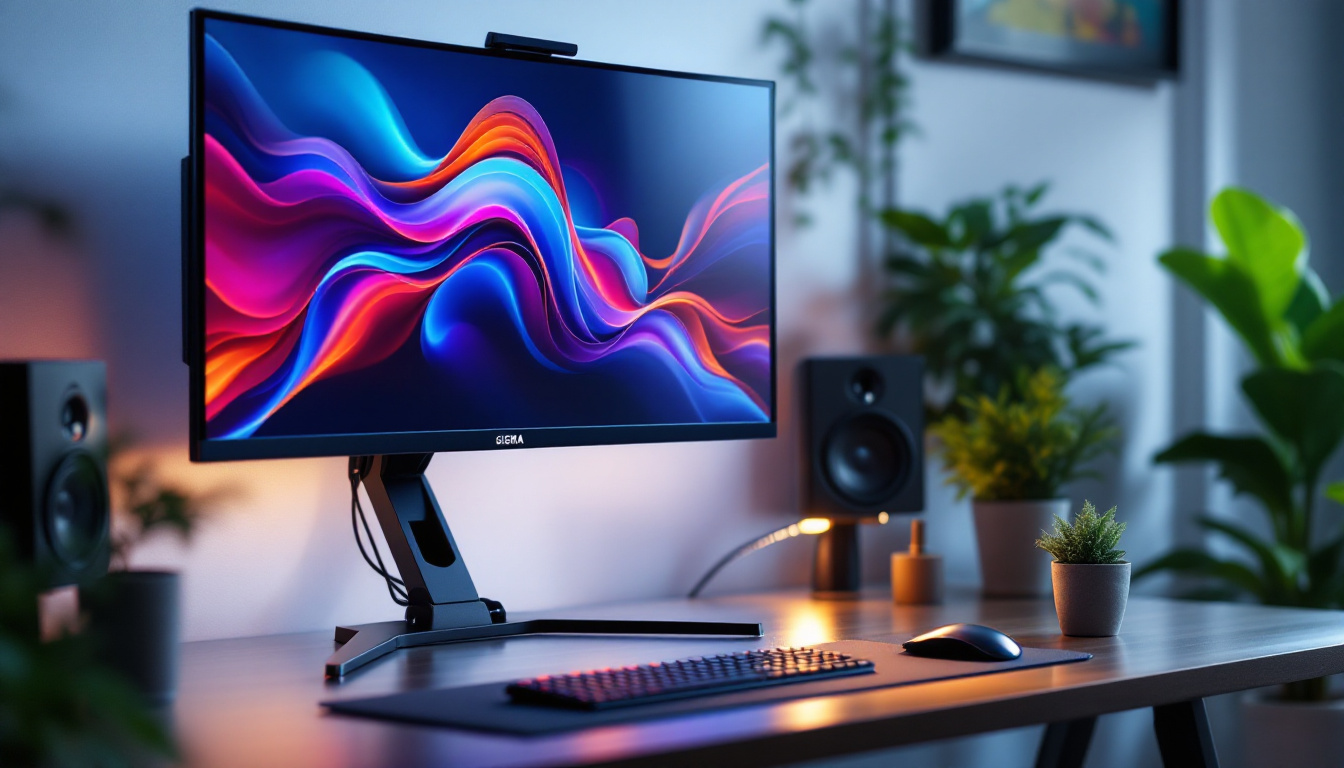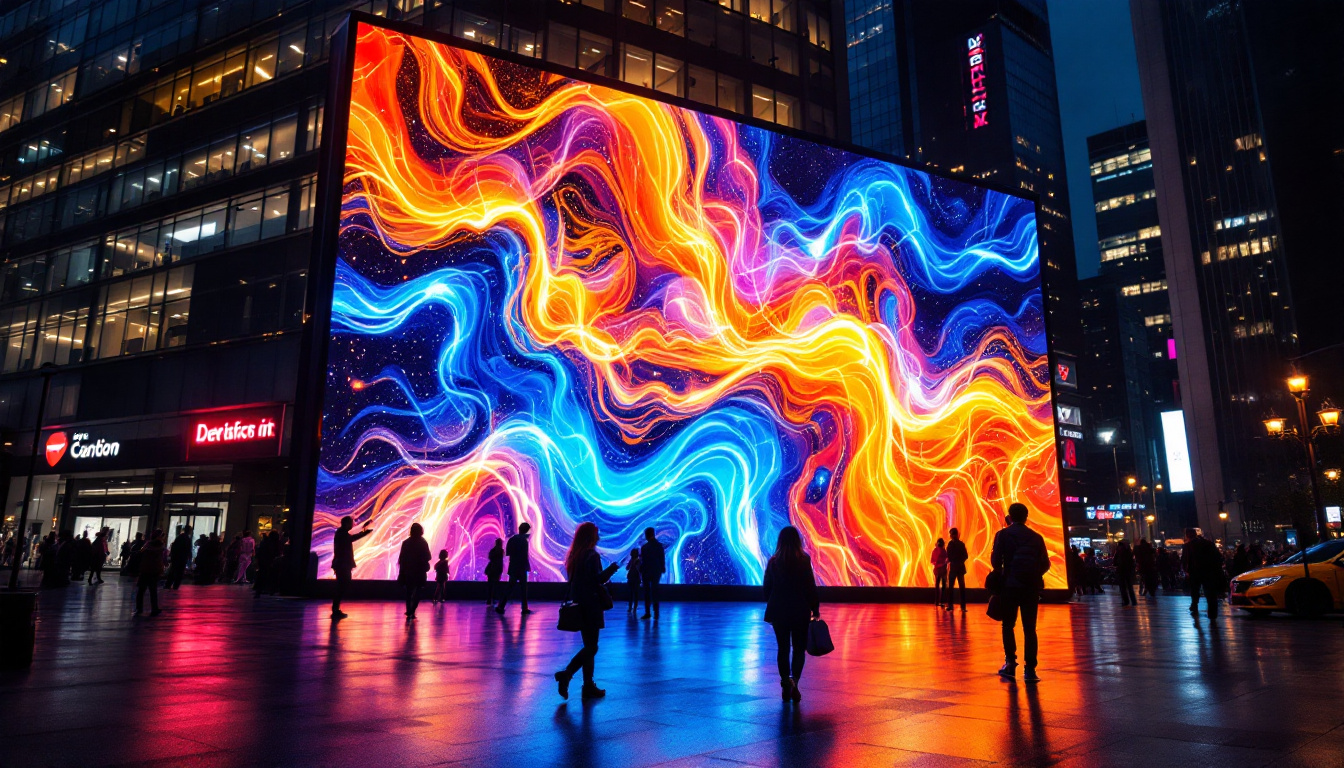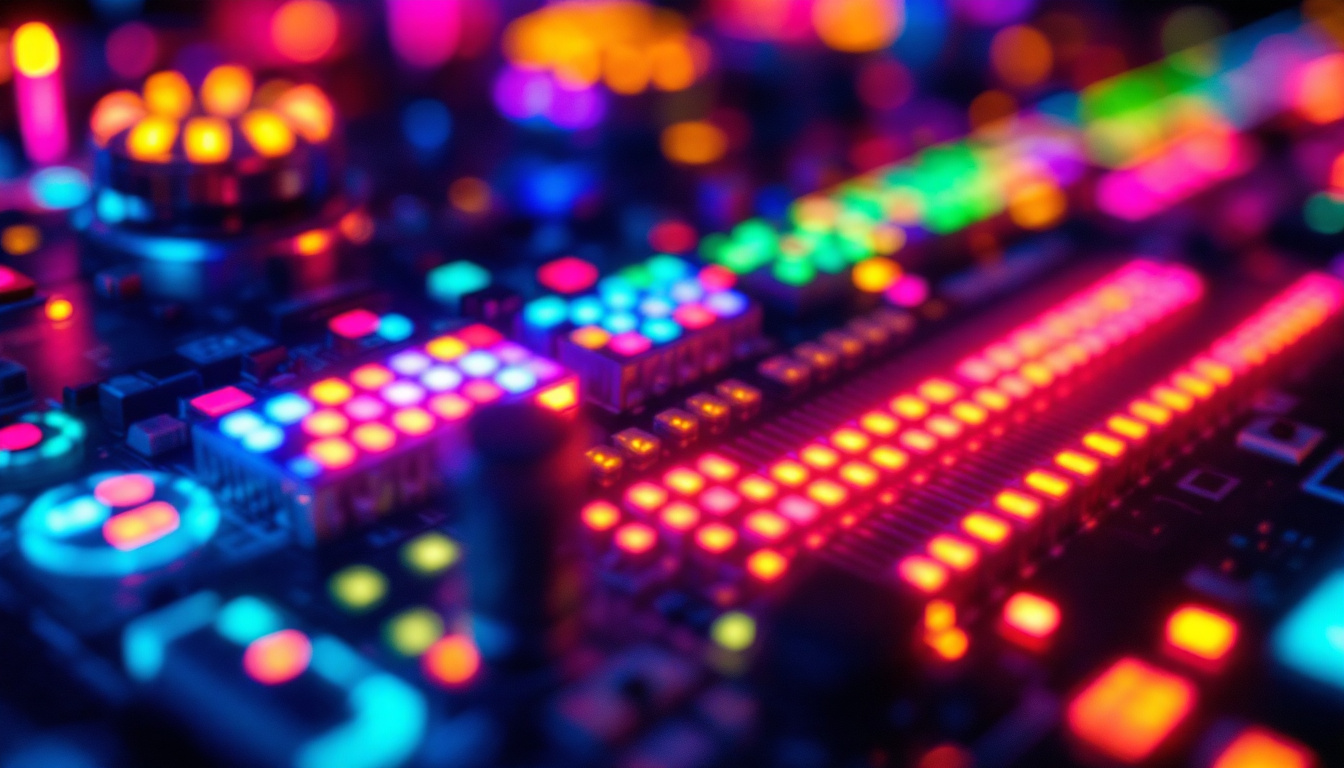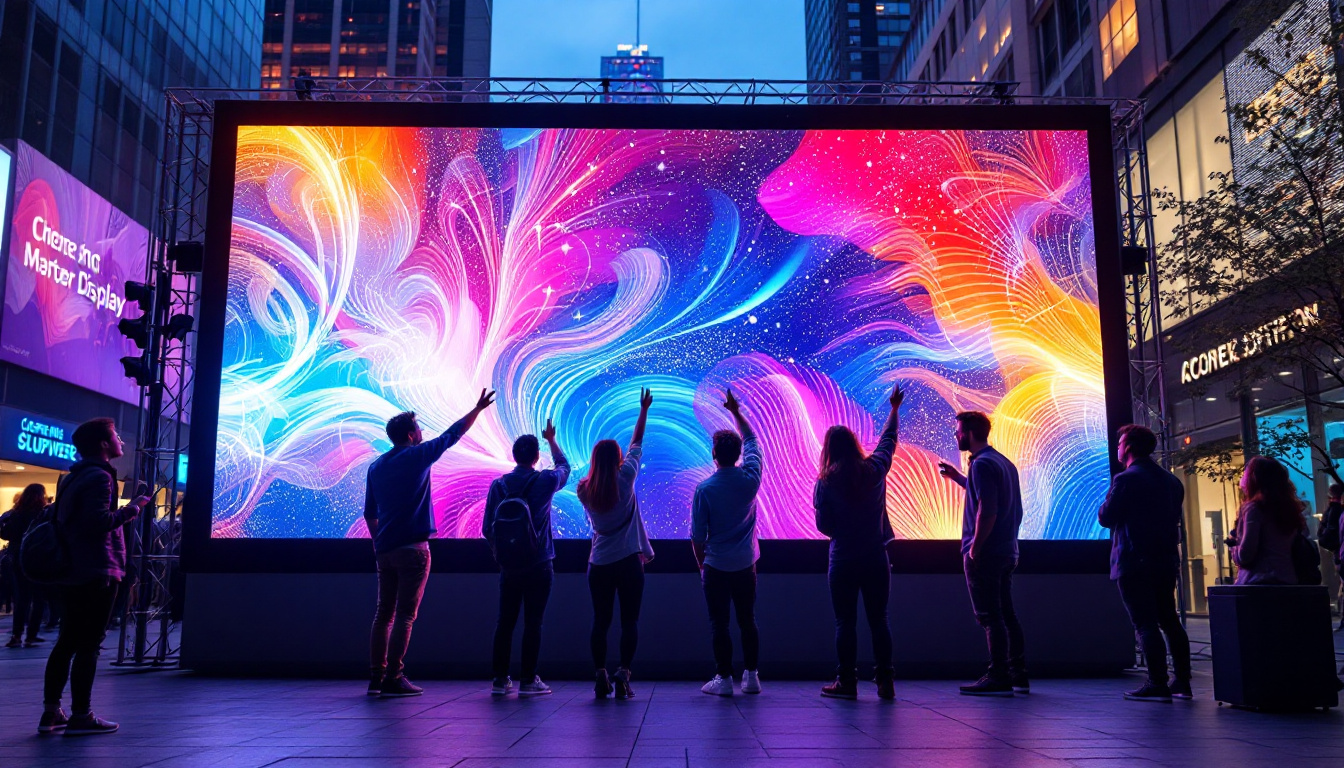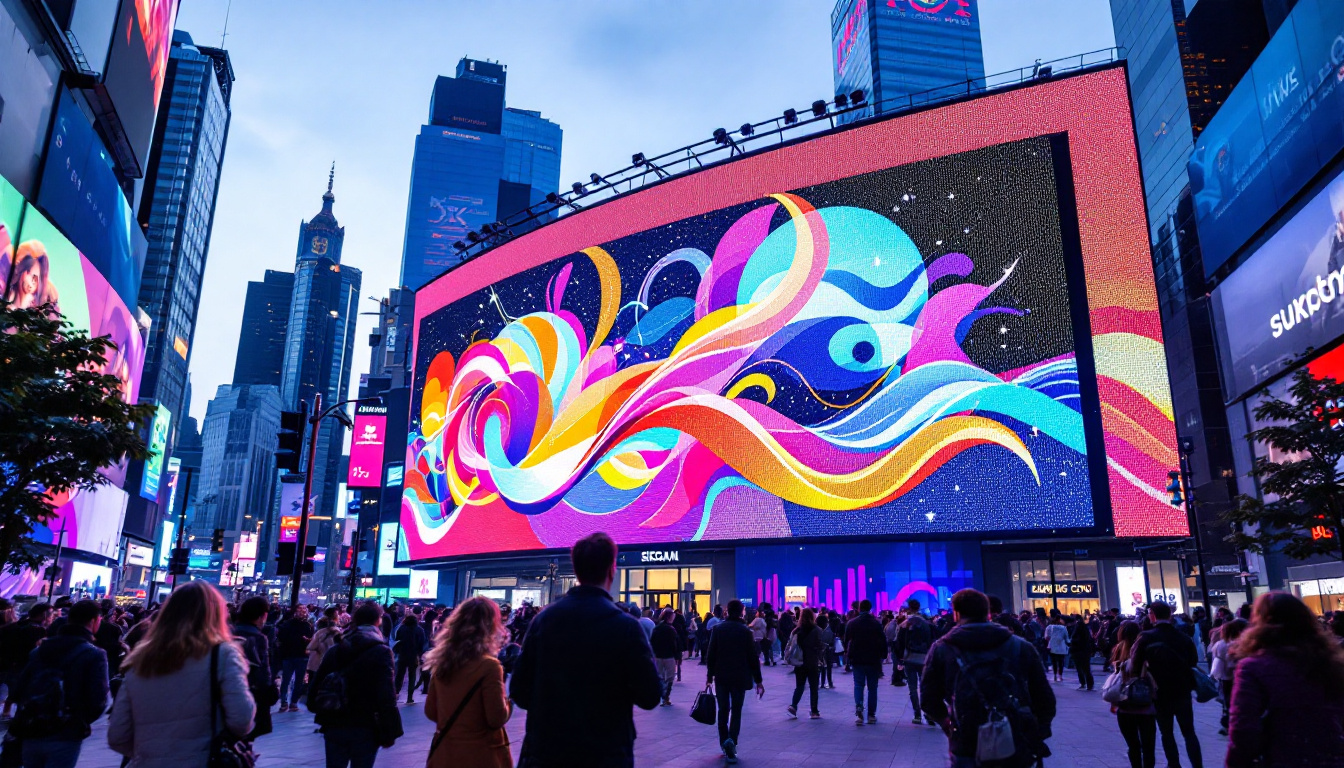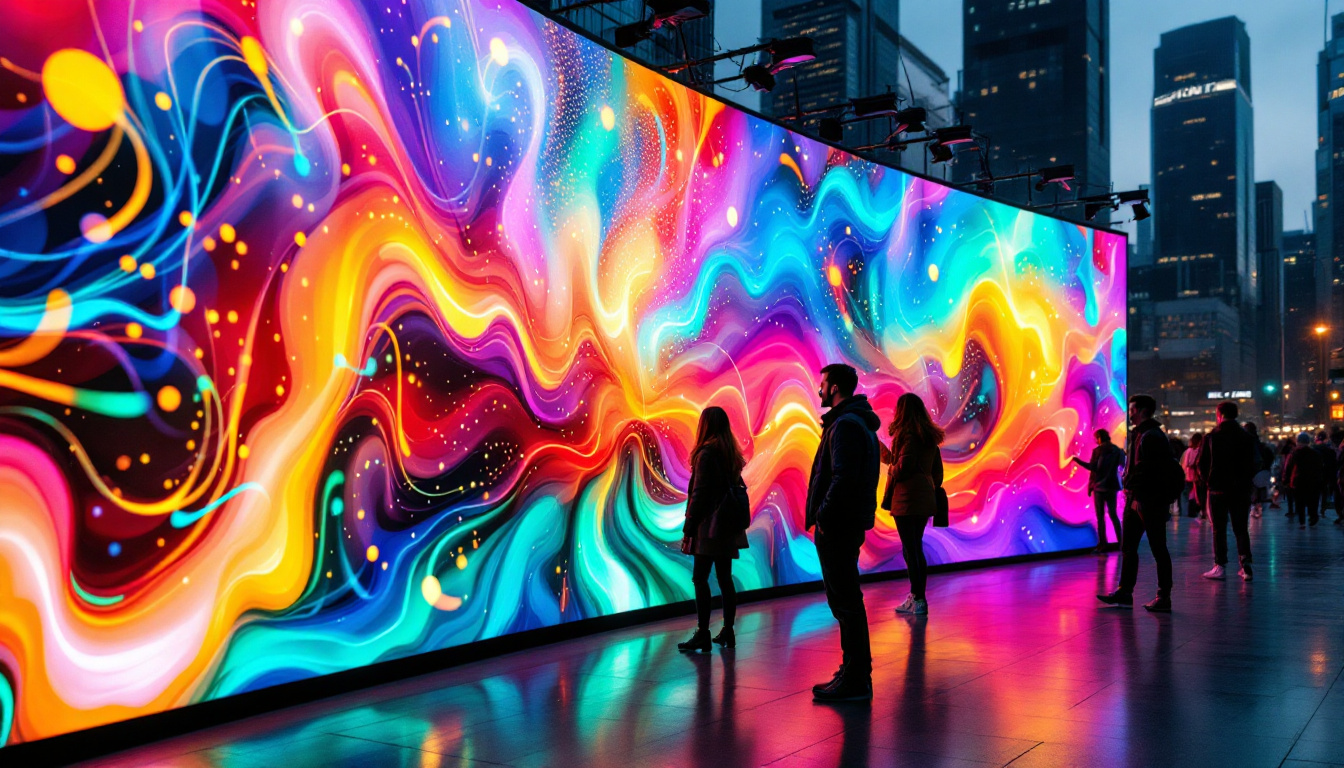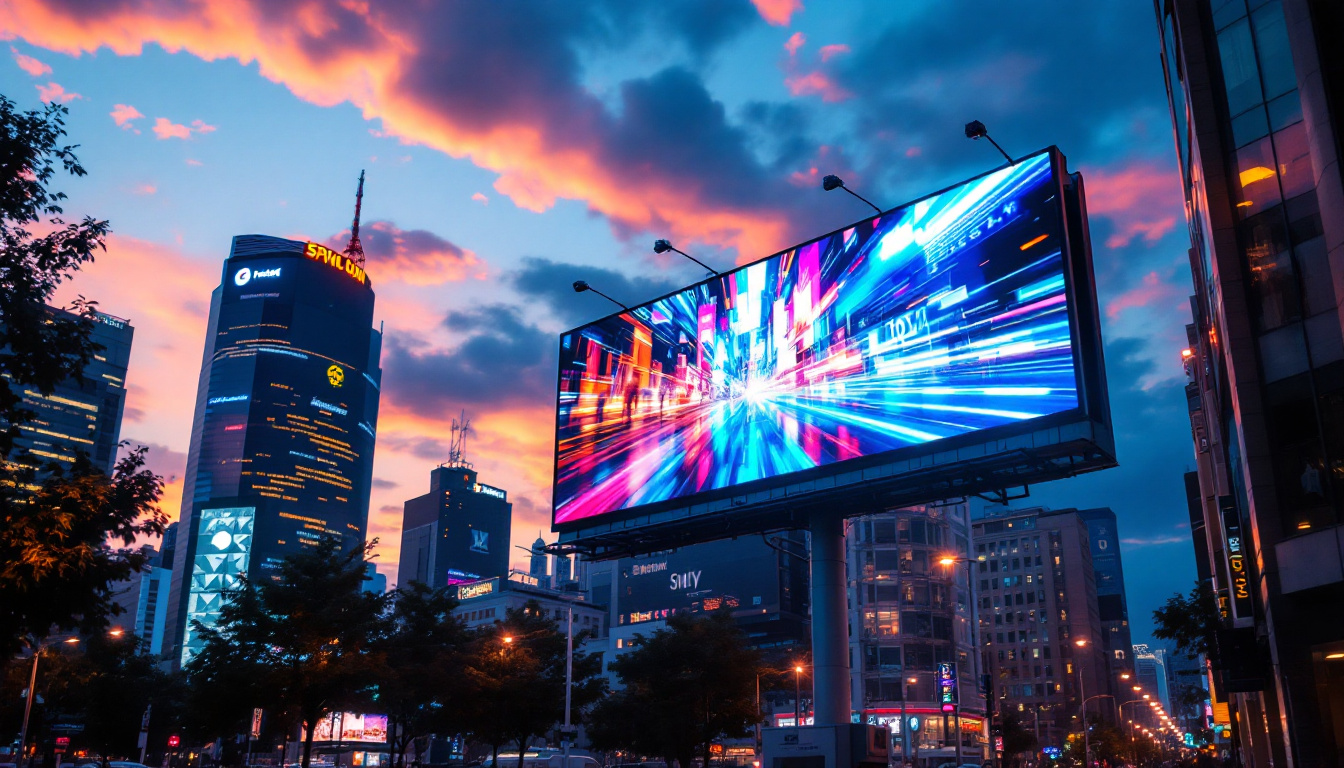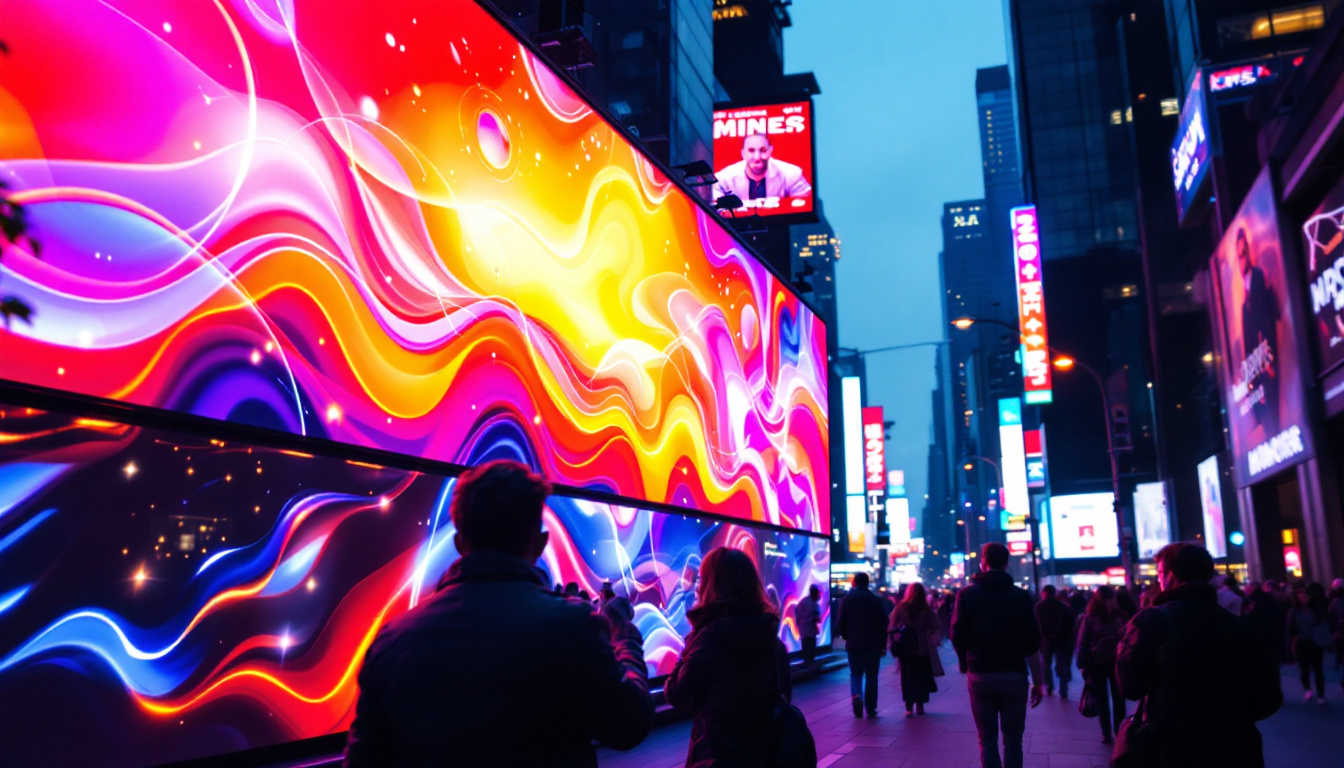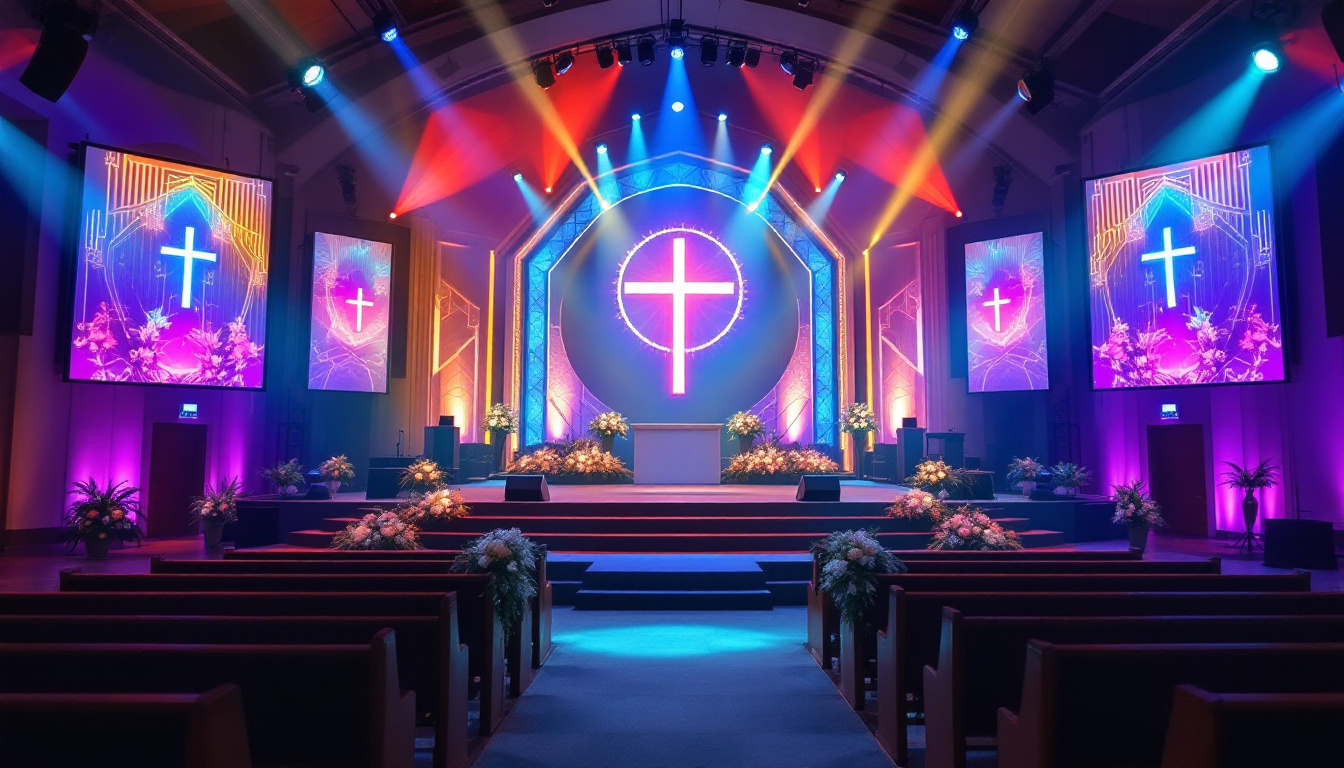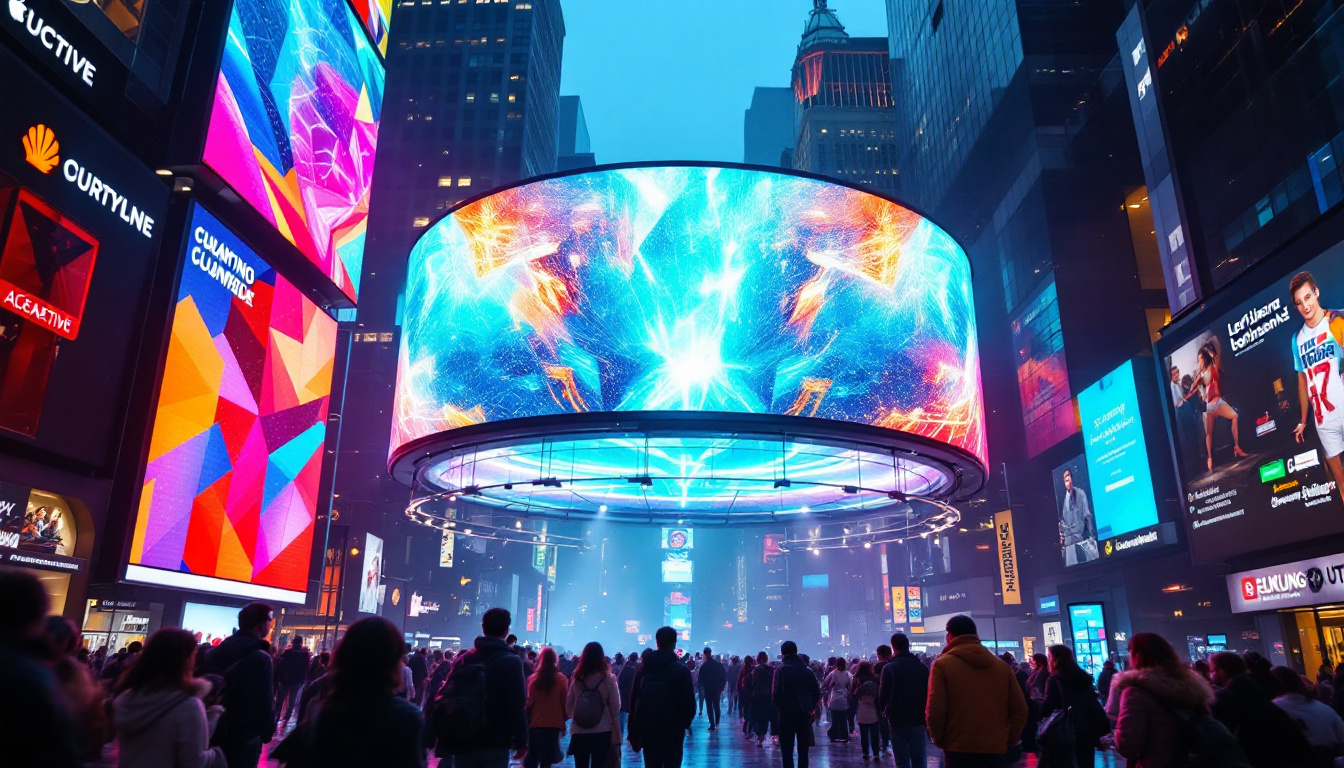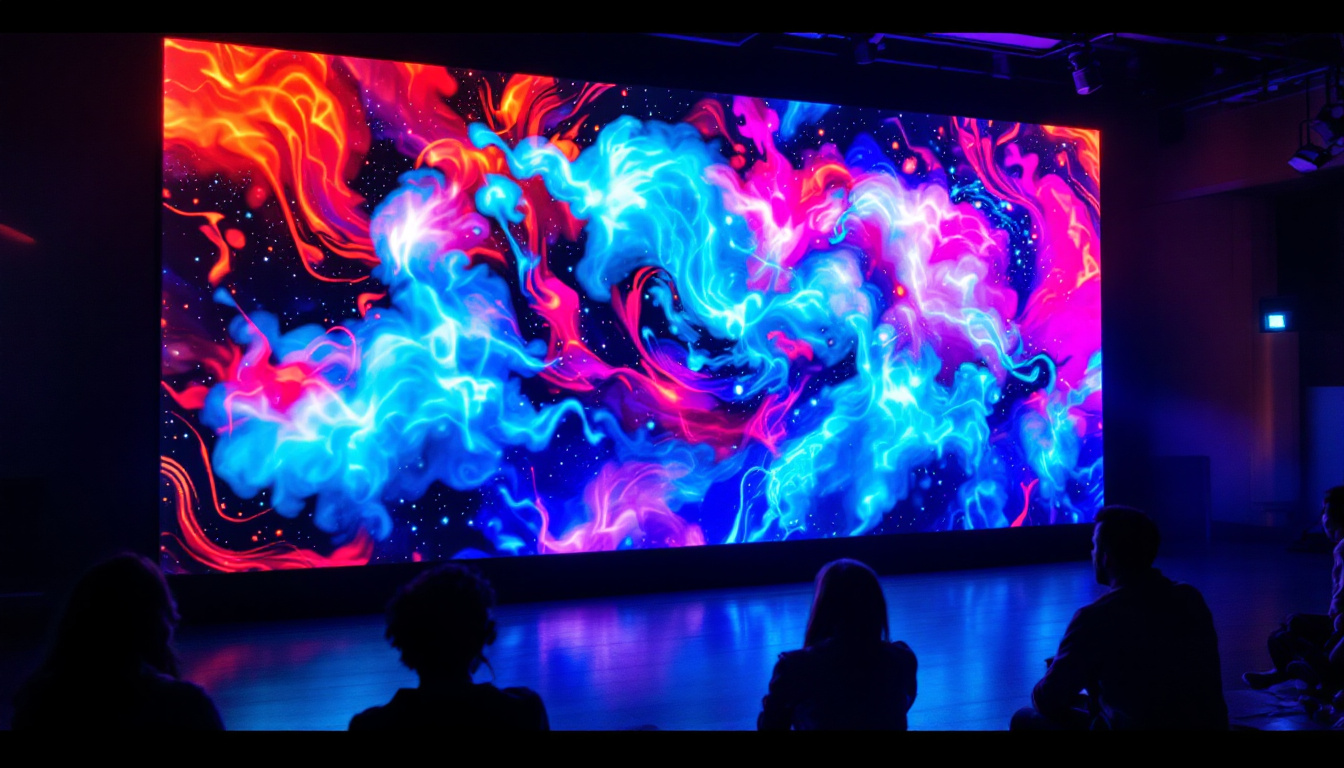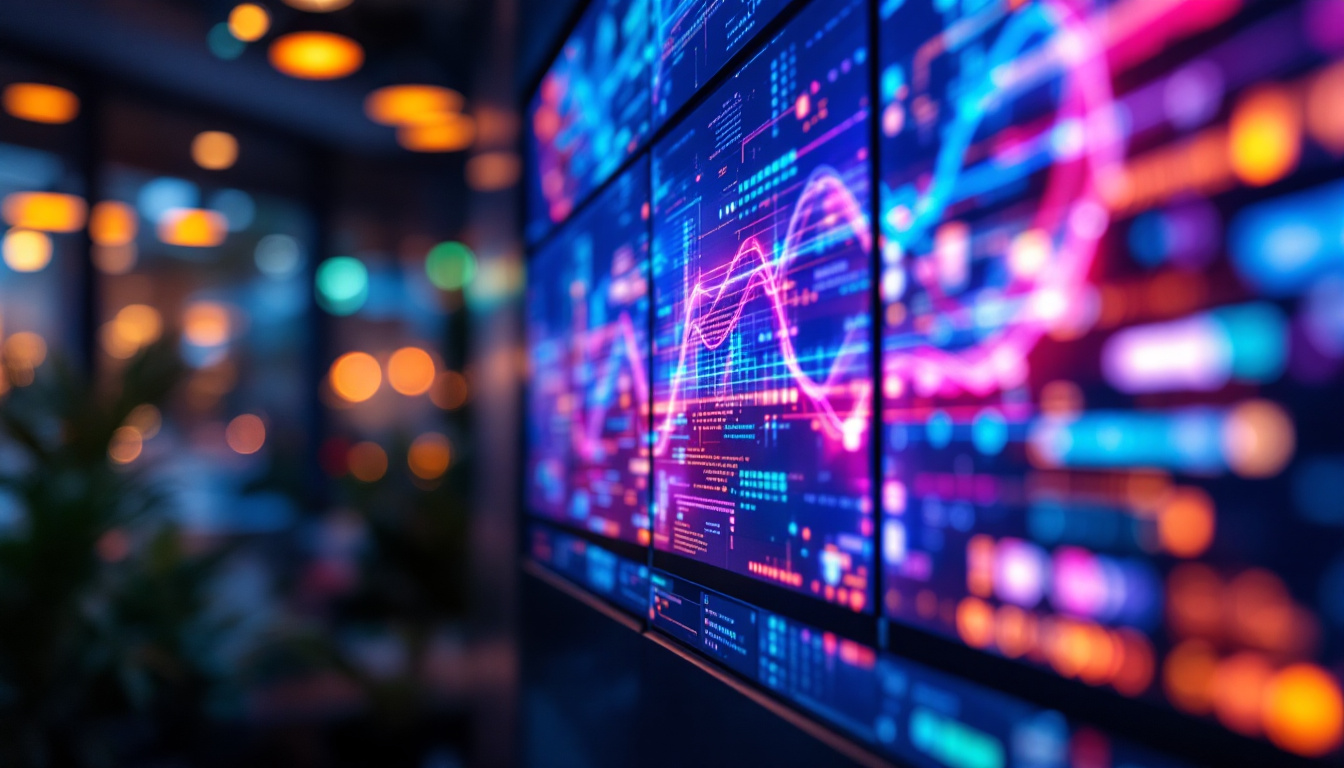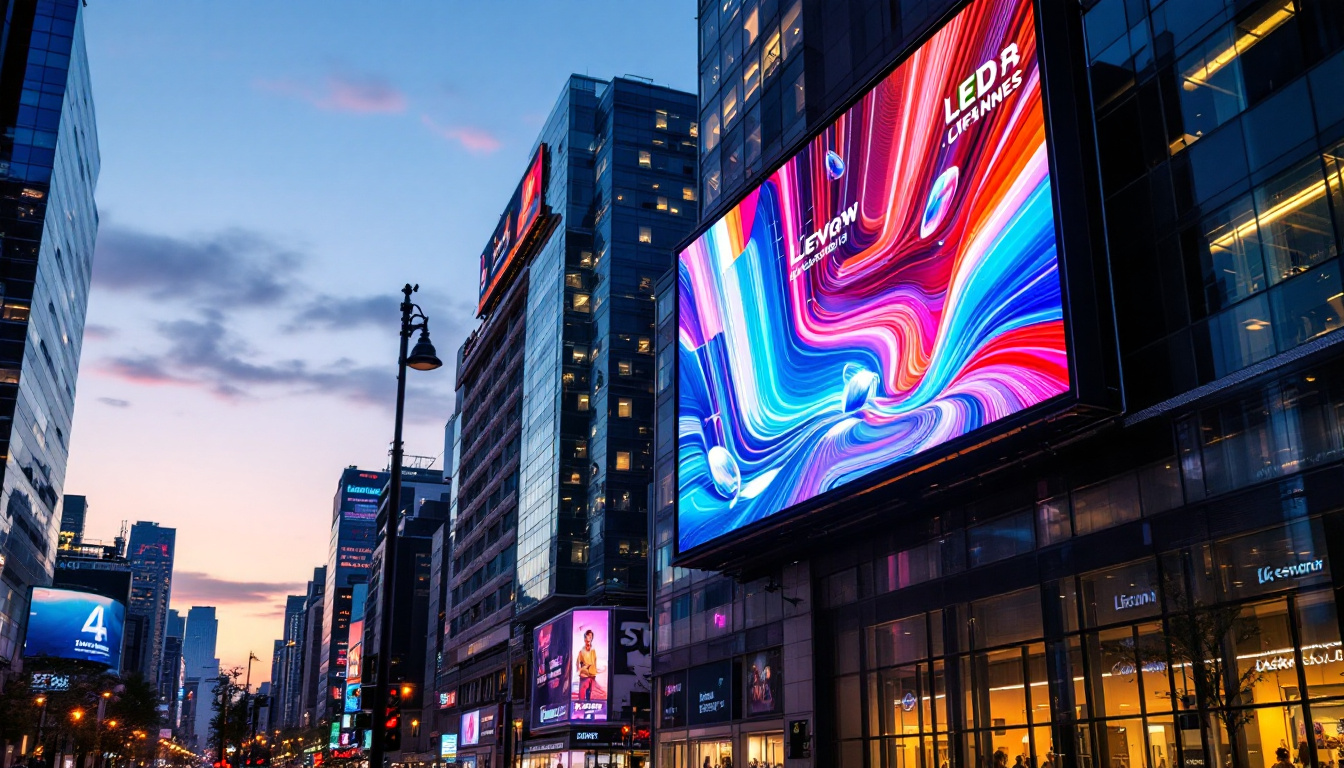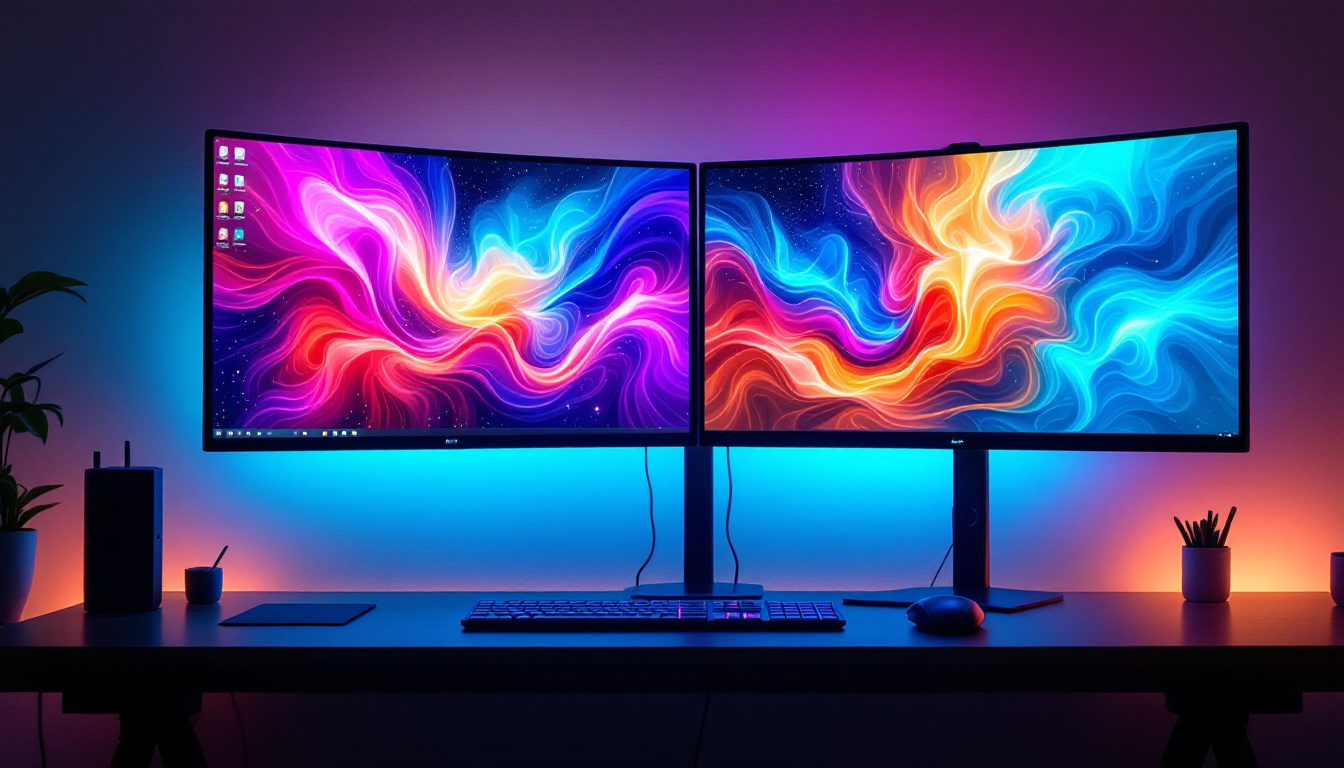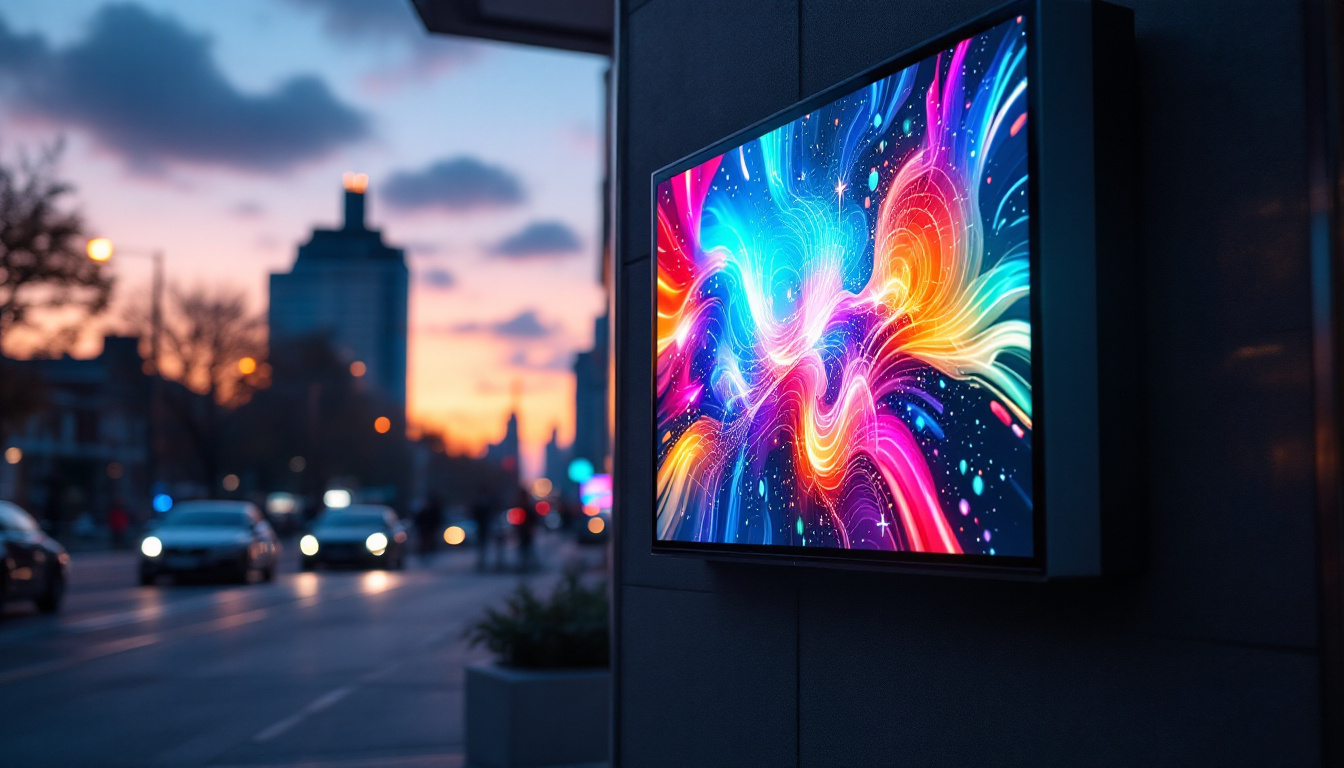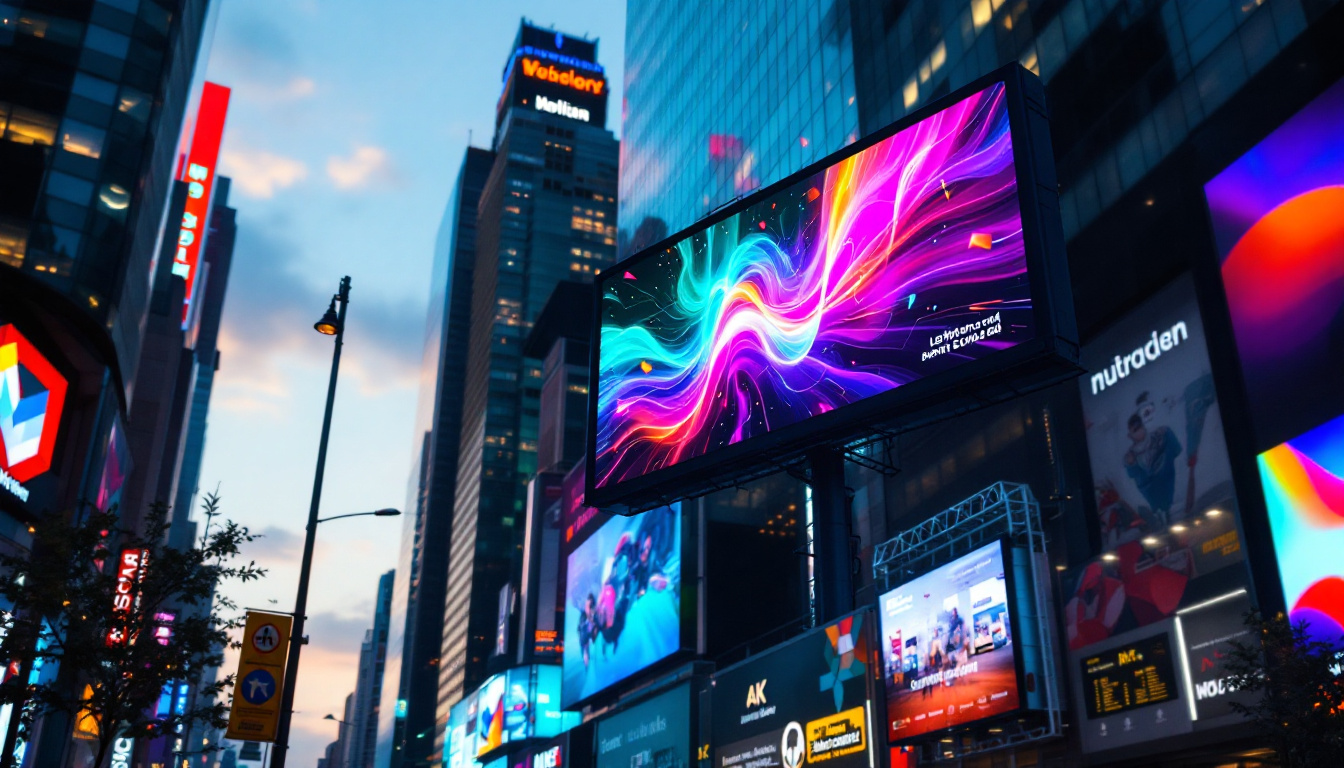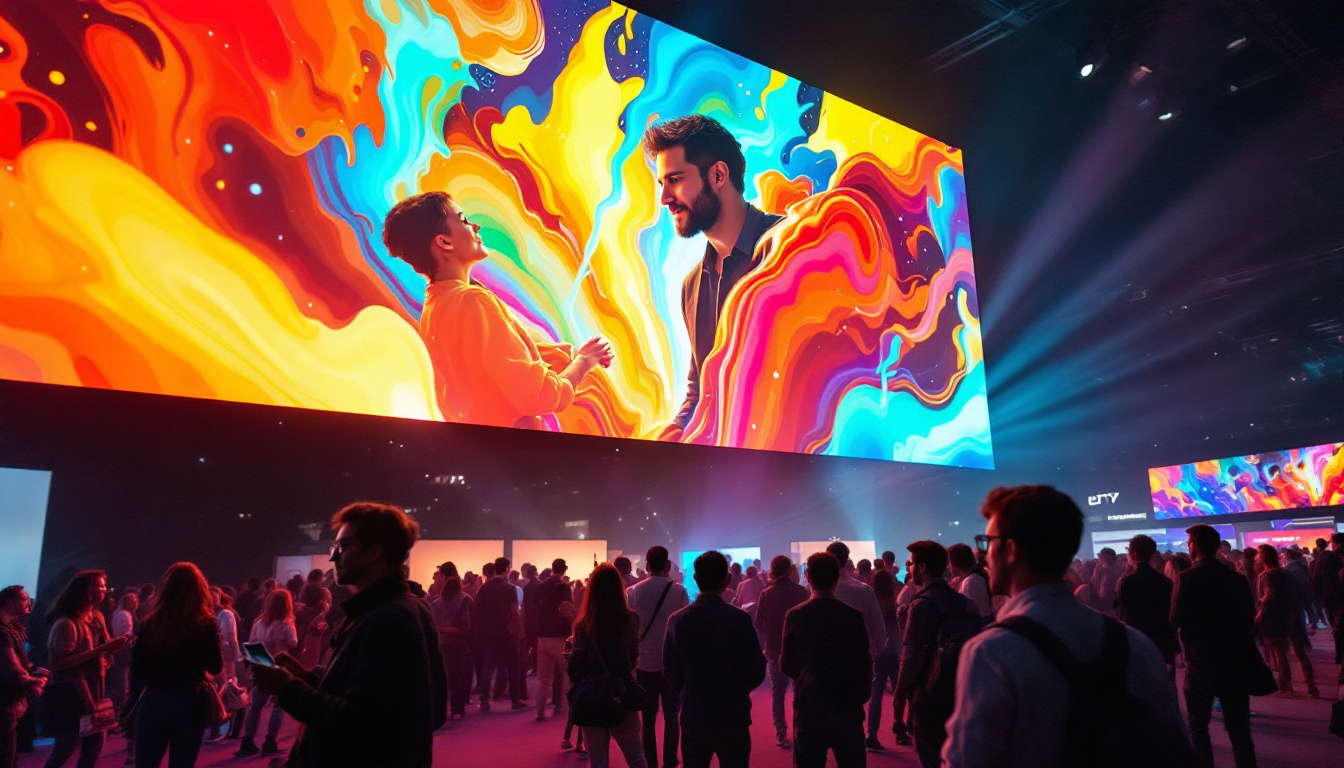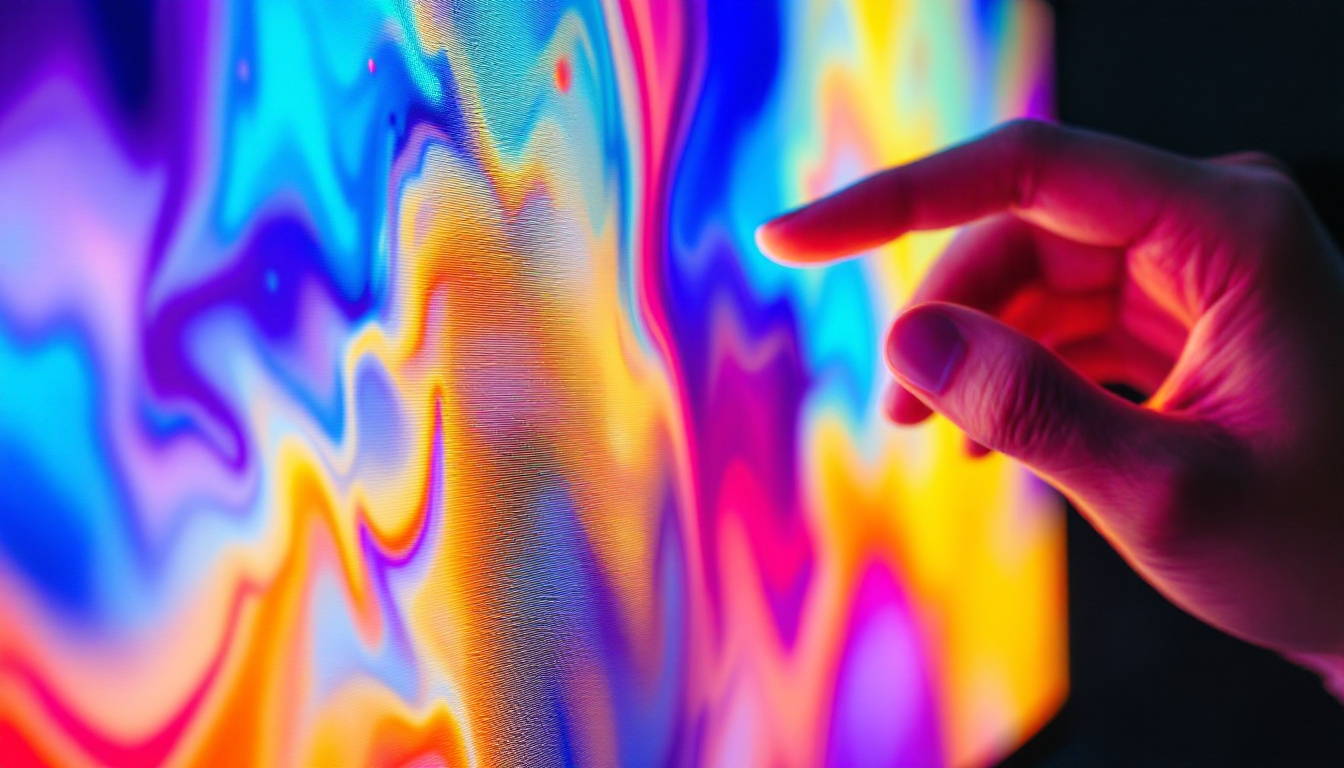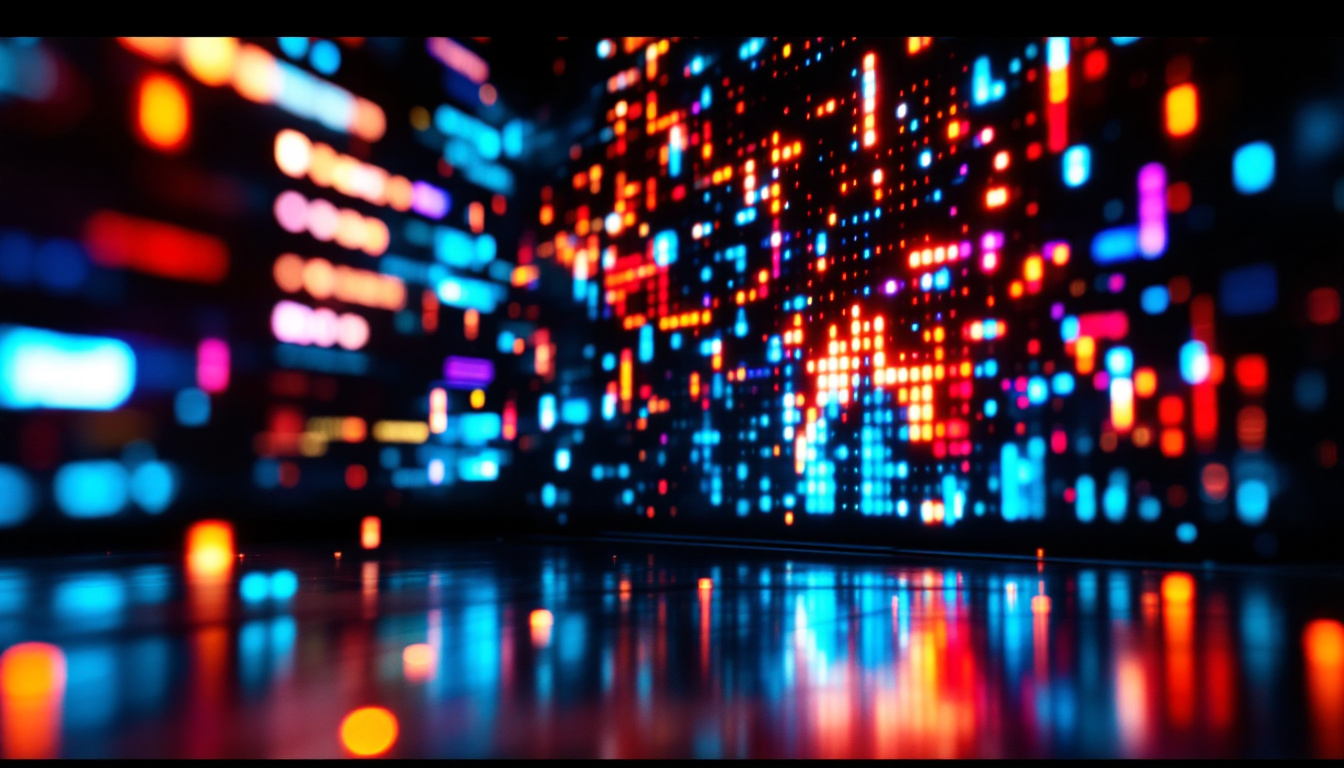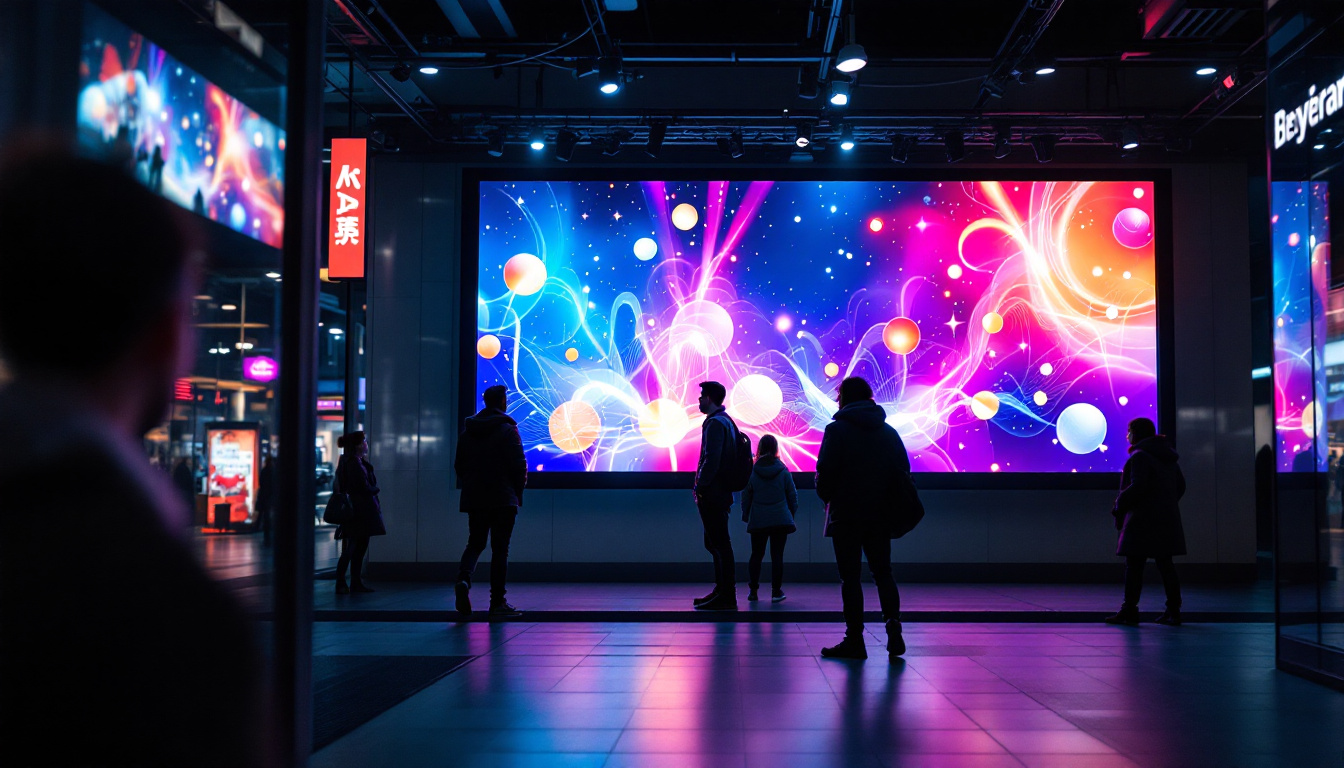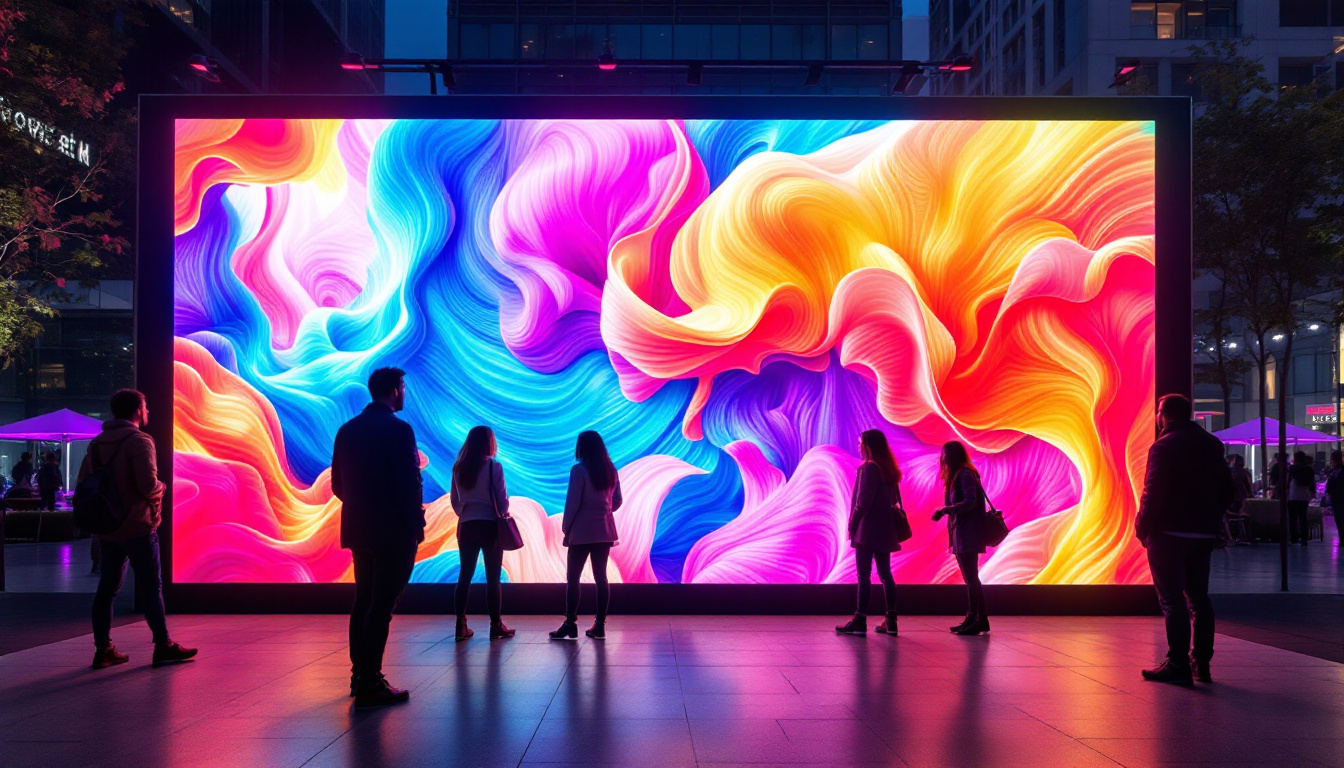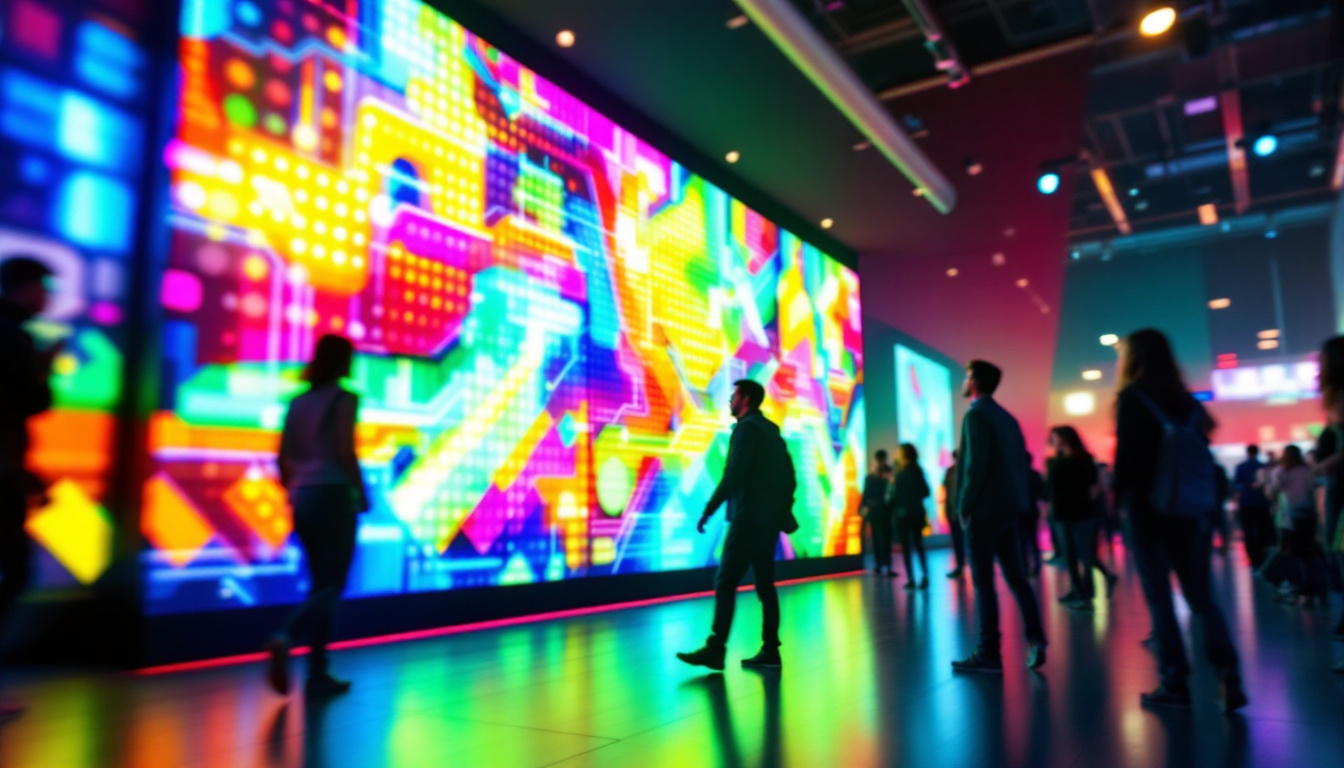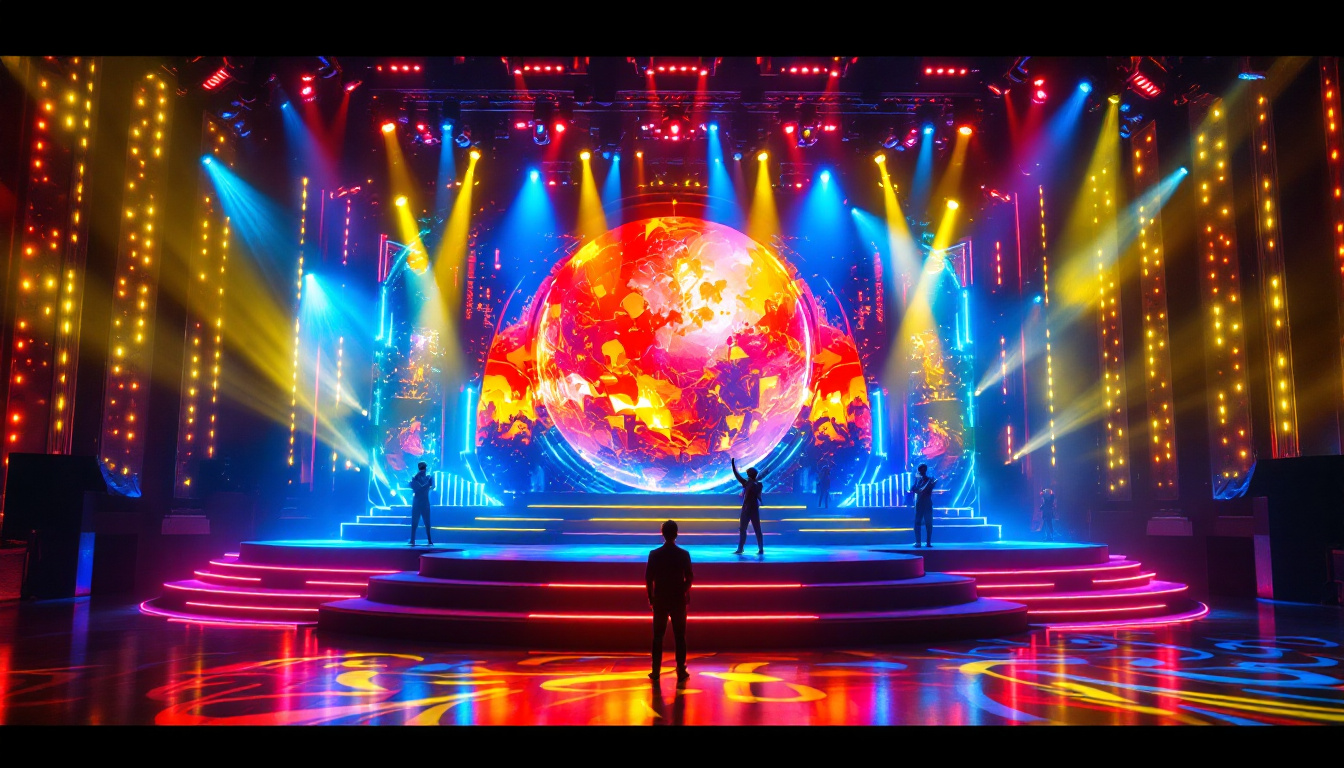In today’s digital age, LED displays have become ubiquitous, transforming how information is conveyed in various settings. From advertising billboards to sports arenas, the versatility and vibrancy of LED technology have made it a preferred choice for many applications. This article delves into the intricacies of LED displays, focusing on their functionality, benefits, and the technology behind them.
Understanding LED Technology
Light Emitting Diodes (LEDs) are semiconductor devices that emit light when an electric current passes through them. This technology has evolved significantly over the years, leading to the development of LED displays that are not only energy-efficient but also capable of producing high-quality images and videos. The transition from traditional incandescent bulbs to LED technology has revolutionized the lighting industry, providing longer lifespans and lower energy consumption, which is crucial in today’s environmentally conscious society.
The Basics of LED Functionality
At the core of LED technology is the principle of electroluminescence. When electrons recombine with holes in the semiconductor material, energy is released in the form of photons, producing light. The color of the emitted light depends on the materials used in the semiconductor. By combining different colors, such as red, green, and blue (RGB), a full spectrum of colors can be achieved, allowing for vibrant and dynamic displays. This ability to mix colors not only enhances visual experiences but also allows for innovative applications in various fields, from art installations to architectural lighting.
LED displays are typically made up of multiple pixels, each containing individual red, green, and blue LEDs. By varying the intensity of these colors, a wide range of colors can be produced, enabling the display to show intricate images and videos. The resolution of an LED display is determined by the number of pixels per square inch, which directly affects the clarity and detail of the visual output. Additionally, advancements in pixel technology, such as microLED and miniLED, are paving the way for even higher resolutions and improved color accuracy, making displays more immersive than ever before.
Types of LED Displays
There are several types of LED displays, each designed for specific applications. The most common types include:
- Direct View LED Displays: These displays consist of individual LEDs that are visible from a distance. They are often used in outdoor advertising and large-scale installations, providing bright and eye-catching visuals that can withstand varying weather conditions.
- LED Video Walls: Composed of multiple LED panels, these displays create a seamless large screen ideal for events, concerts, and sports venues. Their modular design allows for flexibility in size and shape, making them suitable for a wide range of creative setups.
- LED Backlit Displays: Commonly found in televisions and monitors, these displays use LEDs to illuminate an LCD panel, enhancing brightness and color accuracy. This technology has not only improved the viewing experience but has also enabled thinner and lighter designs, making modern screens more portable and aesthetically pleasing.
In addition to these common types, there are also specialized LED displays such as transparent LEDs, which allow light to pass through the display, making them ideal for retail environments where visibility is key. Furthermore, flexible LED displays are gaining popularity, as they can be bent and shaped to fit unique spaces, opening up new possibilities for creative installations in both commercial and residential settings. As LED technology continues to advance, we can expect even more innovative applications that enhance our interaction with visual media.
The Advantages of LED Displays
LED displays offer numerous benefits over traditional display technologies, making them a popular choice across various industries. Their advantages include energy efficiency, durability, and superior image quality.
Energy Efficiency
One of the most significant advantages of LED displays is their energy efficiency. Compared to traditional incandescent or fluorescent lighting, LEDs consume significantly less power. This not only reduces electricity costs but also contributes to lower carbon emissions, making LED displays an environmentally friendly option.
Furthermore, LED technology allows for better heat dissipation, which means that the displays can operate for longer periods without overheating. This efficiency translates into lower maintenance costs and extended lifespan, making LED displays a cost-effective investment in the long run. Additionally, many LED displays come equipped with smart technology that can adjust brightness levels based on ambient light conditions, further optimizing energy consumption and enhancing user experience.
Durability and Longevity
LED displays are built to last. Unlike traditional displays that may be prone to burn-in or damage from environmental factors, LED technology is more robust. They are resistant to shock, vibration, and extreme temperatures, making them suitable for both indoor and outdoor use.
The lifespan of an LED display can exceed 100,000 hours, depending on usage and operating conditions. This longevity ensures that businesses can rely on their LED displays for years without the need for frequent replacements, further enhancing their value. Moreover, the rugged construction of LED displays often includes protective coatings that shield against moisture and dust, making them ideal for high-traffic areas and outdoor installations. This resilience not only reduces the frequency of repairs but also ensures consistent performance in various environments, from bustling urban centers to remote locations.
Applications of LED Displays
The versatility of LED displays allows them to be used in a wide range of applications. From advertising to entertainment, the possibilities are virtually limitless.
Advertising and Marketing
One of the most prominent uses of LED displays is in advertising. Billboards and digital signage leverage the bright, eye-catching nature of LEDs to attract attention. Businesses can showcase dynamic content, including videos and animations, which can be updated in real-time to reflect promotions or events.
Additionally, LED displays can be strategically placed in high-traffic areas, ensuring maximum visibility and engagement with potential customers. This adaptability makes them an essential tool in modern marketing strategies. Furthermore, the ability to target specific demographics through location-based advertising allows companies to tailor their messages, ensuring they resonate with the intended audience. For instance, a restaurant may display a lunchtime special during peak hours, effectively driving foot traffic and increasing sales.
Entertainment and Events
In the entertainment industry, LED displays play a crucial role in enhancing the audience experience. Concerts, festivals, and sporting events utilize large LED screens to display visuals, live feeds, and information, creating an immersive environment for attendees.
Moreover, the flexibility of LED technology allows for creative installations, such as video walls and interactive displays, which can be tailored to specific themes or events. This adaptability not only captivates audiences but also elevates the overall production value. For example, during a live performance, LED screens can be synchronized with the music, creating a stunning visual accompaniment that enhances the emotional impact of the show. Additionally, the use of LED technology in themed attractions, such as amusement parks, allows for dynamic storytelling experiences, where visuals can change in real-time to reflect the narrative, making each visit unique and memorable.
Challenges and Considerations
Despite their many advantages, LED displays are not without challenges. Understanding these limitations is essential for making informed decisions when considering an LED display for a specific application.
Initial Costs
While LED displays offer long-term savings through energy efficiency and durability, the initial investment can be substantial. High-quality LED technology can be more expensive than traditional display options, which may deter some businesses from making the switch.
However, it is essential to consider the total cost of ownership, including maintenance and operational costs, when evaluating the overall value of an LED display. In many cases, the long-term benefits outweigh the initial expenses.
Environmental Impact
Another consideration is the environmental impact of LED displays. While they are more energy-efficient than traditional displays, the production and disposal of electronic components can contribute to electronic waste. It is crucial for manufacturers and consumers to prioritize recycling and sustainable practices to mitigate these effects.
Future Trends in LED Display Technology
The LED display industry is continuously evolving, driven by advancements in technology and changing consumer demands. Several trends are shaping the future of LED displays, promising even more innovative applications and improvements.
MicroLED Technology
MicroLED is an emerging technology that utilizes microscopic LEDs to create displays with incredible resolution and color accuracy. Unlike traditional LED displays, MicroLED panels can achieve higher pixel densities, resulting in sharper images and more vibrant colors.
This technology also offers the potential for flexible and transparent displays, opening new avenues for design and application. As MicroLED technology matures, it is expected to revolutionize the display market, providing even more options for consumers and businesses alike.
Smart Displays and Integration
As the Internet of Things (IoT) continues to grow, LED displays are becoming smarter and more integrated with other technologies. Smart displays can connect to the internet, allowing for real-time updates and remote management. This capability is particularly beneficial for businesses that require dynamic content management across multiple locations.
Additionally, the integration of artificial intelligence (AI) can enhance the functionality of LED displays, enabling personalized content delivery based on audience demographics and behavior. This level of customization can significantly improve engagement and effectiveness in advertising and communication.
Conclusion
LED displays have transformed the landscape of visual communication, offering unparalleled benefits in terms of energy efficiency, durability, and versatility. As technology continues to advance, the potential applications for LED displays are expanding, promising exciting developments in various industries.
While challenges remain, such as initial costs and environmental considerations, the long-term advantages of LED displays make them a worthwhile investment for businesses and organizations looking to enhance their visibility and engagement. With trends like MicroLED technology and smart displays on the horizon, the future of LED displays looks bright.
In summary, understanding the intricacies of LED displays is essential for making informed decisions in a rapidly evolving digital landscape. As these technologies continue to advance, staying informed will ensure businesses can leverage the full potential of LED displays to achieve their goals.
Explore Cutting-Edge LED Display Solutions with LumenMatrix
Ready to elevate your visual communication with the latest in LED display technology? LumenMatrix is at the forefront of innovation, offering a diverse range of LED display solutions tailored to meet your needs. From captivating Indoor and Outdoor LED Wall Displays to dynamic Vehicle and Sports LED Displays, our products are designed to make your brand stand out. Experience the future of digital signage with our All-in-One LED Displays, LED Posters, and revolutionary Transparent Displays. Don’t miss the opportunity to transform your space with LumenMatrix’s custom and floor LED display options. Check out LumenMatrix LED Display Solutions today and join the revolution in visual storytelling.

